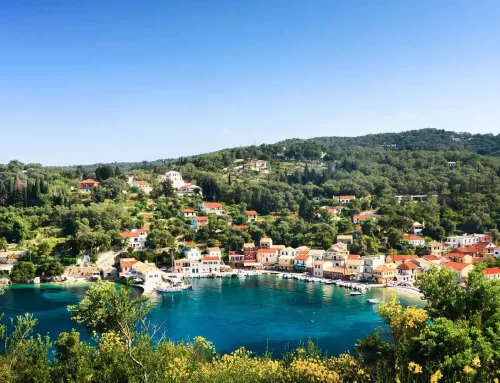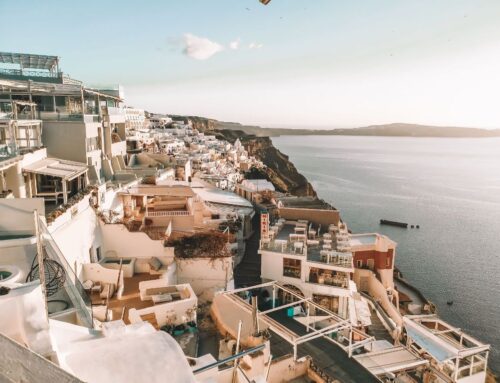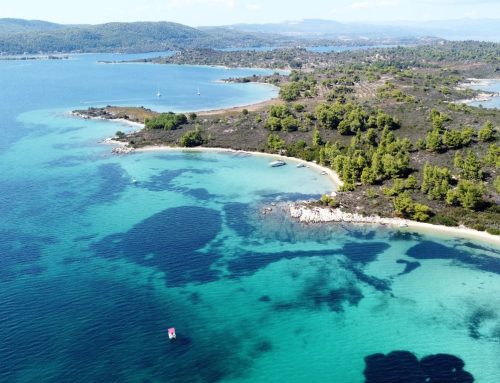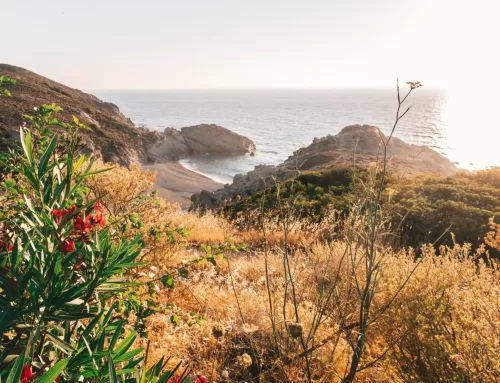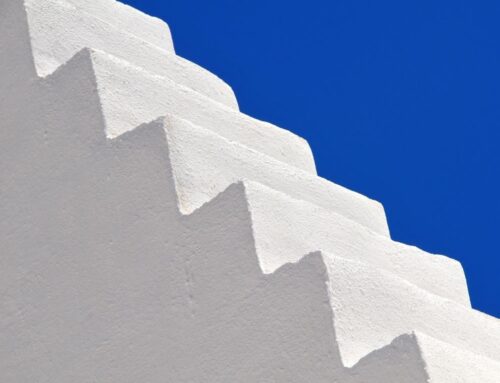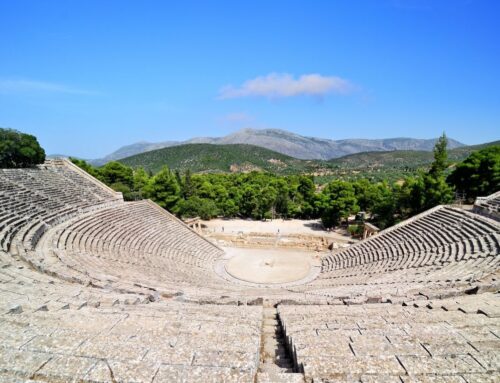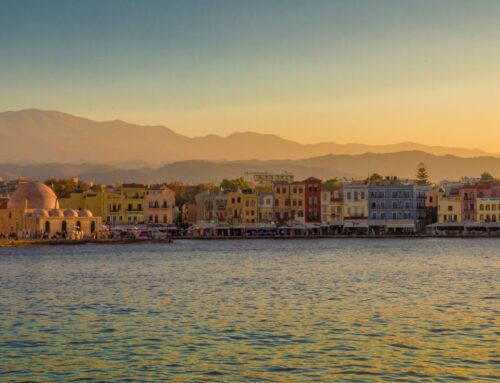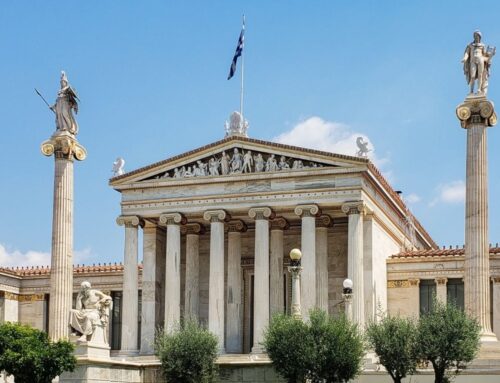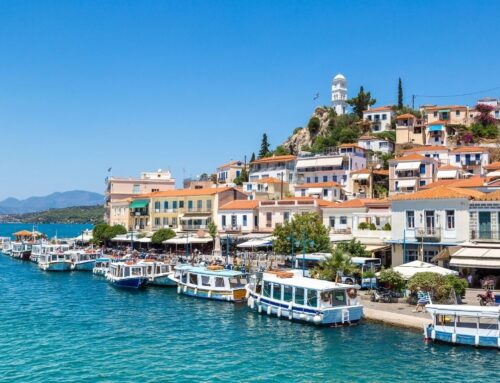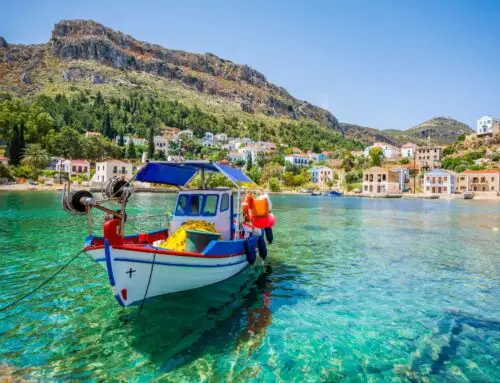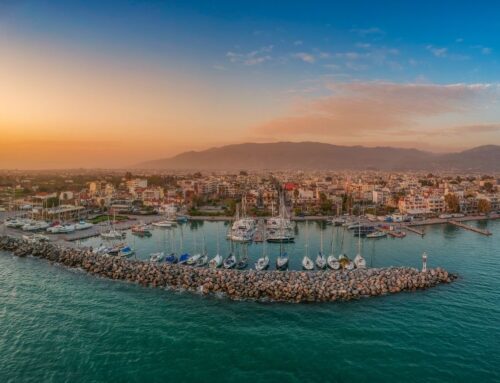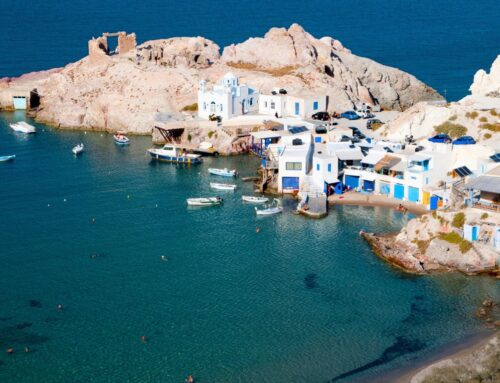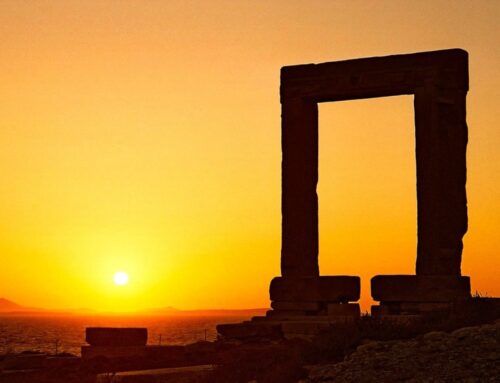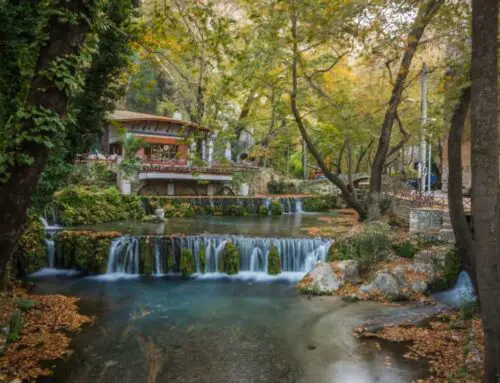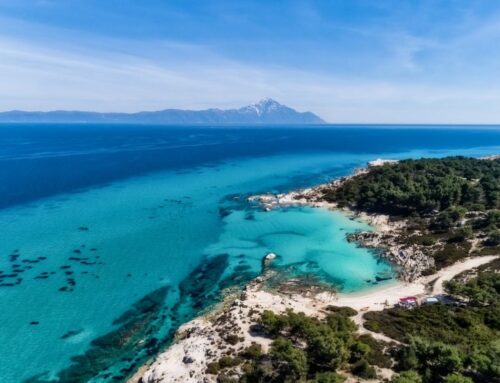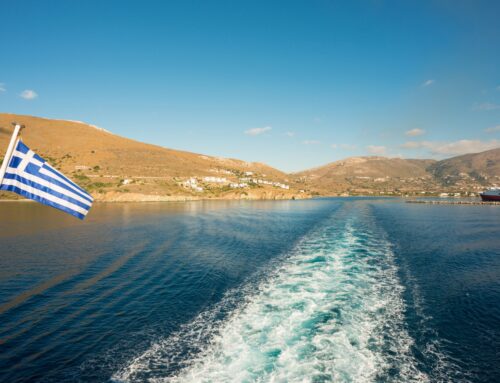A Guide To The Unesco Sites Of Northern Greece You Have To Visit
A Guide To The Unesco Sites Of Northern Greece You Have To Visit

☞ Table of Contents:
Agreat list of monuments to visit in Northern Greece. UNESCO is an organization whose mission is to contribute positively to a whole range of issues in our world.
One of the ways in which they preserve the world’s most important cultural and natural masterpieces is by enlisting them as World Heritage Sites.
With more than 1,000 sites all over the planet, Greece could not be missing from this list. There is so much to discover and learn about its history, but while you are probably thinking of Athens and the Acropolis, we want to take you to the UNESCO Sites in Northern Greece that are absolutely worth visiting. Here are the places you need to know about just in case you want to visit all of them!
According to the organization’s website, for a site to be included in the World Heritage list, it must satisfy at least one of the following selection criteria:
- to be a work of art
- to express human values within a cultural area of the world, architectural or technological development, monumental arts, town-planning or landscape design
- to express a cultural tradition of a civilization living or disappeared
- to be an example of traditional location, overland or seaside, which represents a culture with human and environmental interaction
- to have an important impact on human history
- to be related to traditions, ideas, and work of international acceptance
- to be a natural place of exceptional beauty and aesthetic importance
- to be a place, which serves as major stages of earth’s history
- to be an example of the evolution and development of the ecosystems
- to preserve the conservation of biological diversity
UNESCO World Heritage Site
Paleochristian and Byzantine Monuments of Thessaloniki
Thessaloniki, as the second-largest city of Greece, is the best location to begin your exploration of Northern Greece. Besides its rich history and cultural background, it has many monuments included in the Unesco World Heritage List as Paleochristian and Byzantine Monuments of Thessaloniki. The great advantage of Thessaloniki is that you can walk and see all of these monuments just in one day. The city is practically an open air museum! There are 15 monuments included in the Paleochristian and Byzantine monuments of Thessaloniki UNESCO list. These are masterpieces of architecture and religion that visitors can find quiet easily around the city centre.
The Rotonda
Starting your walk from the city center, you will bump into the first site, Rotonda. It was built back in the years of Gallerius as the temple of Zeus. During these years, it was converted into a Christian church, then into a mosque and nowadays into a place, where cultural activities take place. The criteria that allowed Rotunda into the Unesco’s site list was the exceptional mosaics that decorate the building. The mosaics are brilliant gold adorned pieces that have however suffered a lot of damage through the years. Those that remain are quite high up so to appreciate their fine details you might need a good camera to zoom in!
The Churches
Then come the churches. UNESCO considers the churches of Thessaloniki a great example of “central, transitional and basilical architectural rhythm” and for those of us that don’t get what that is about, they just look seriously impressive! In addition, remember that they are places that have played an integral role in the evolution of the monumental arts of the early Byzantine years. Many of these churches stand in the heart of the city center. Extra bonus for visitors, they are open to the public and are free to enter! Here is a list with the must-visit:
- The first one to visit should be the church of Hagia Sophia (St.Sophia), which was constructed in the 7th century after the Hagia Sophia of Constantinople, known nowadays as Istanbul.
- On the same street, there is the Basilica of Panagia Acheiropoietou. This church dates back to the 5th century and it is of great architectural importance. Exceptional marble columns and fine mosaics decorate its interior. The church decoration is inspired by ancient Greek architecture.
- Heading north, the Basilica of Aghios Dimitrios is one of the most important churches in the city. There, in 303 AD, Saint Dimitrios was imprisoned and martyred. He is also the patron saint of the city. Beneath the temple stands the Crypt, which serves as an exhibition area. In the late Byzantine years, the Crypt was the place from where the miraculous myrrh of the Saint was produced.
- In Ano Poli or Upper Town, there is the church of Aghios Nikolas Orphanos, where the greatest fresco of Thessaloniki decorates its walls; an exceptional example of Palaeologan art.
- Another famous church for its mosaics in Ano Poli is the church of Osios David or the Latomou Monastery. Its apse is decorated by a mosaic representing the vision of Prophet Ezekiel.
In the list, you will also find the church of Aghios Panteleimon, the church of Aghioi Apostoloi, the church of Panagia Chalkeon, the church of Aghia Ekaterini, the church of Metamorphosis of Sotiros, the Vlatadon Monastery and the church of Prophet Ilias. Without a doubt, if you are a fan of churches, architecture or religious places this is definitely the city for you!
☞ Related: The Most Amazing Churches In Thessaloniki
The Baths & City Walls
Since you are already in the Ano Poli district you have to visit the last of the incredible Unesco sites. The first one should be the Byzantine bath, which is the only one remaining in Thessaloniki dating back to the 13th century. After this, have a walk around the Walls of the city. You can pick from the western, eastern and north-western walls of the city or other monuments that are technically also part of the city walls, like the White Tower, the landmark of Thessaloniki, Heptaptyrgion (7 walls) and Trigonion Tower which served as a fortress. So, many options!
Archaeological Site of Aigai
Just a few kilometers away from the city of Thessaloniki, there is one of the most important Unesco sites of Northern Greece, Vergina or the archaeological site of Aigai. There you get to walk on the land of the ancient capital of Macedon from where Alexander the Great started his great expansion.
The site includes a whole ancient city, which consists of the palace, the theatre, the city walls, and the royal necropolis. This is where the tomb of King Philip II, the father of Alexander the Great was found and is open to the public.
Unesco enlisted this site, not just for the historical importance of it, but because of cultural reasons as well. The site provides the details of the traditions and cultural identity of the Macedonians, which was the Greek tribe that reached the limits of the ancient world, with Alexander the Great as their leader and general.
Mount Athos
The monastic community of Mount Athos is located in Halkidiki Peninsula and is another Unesco site of Northern Greece. The ‘Holy Mountain’ of Greece has an autonomous status and consists of 20 monasteries and 1,400 monks. Since 1054 AD, this has been a holy land for all Christians Orthodoxs of the world.
☞ Related: Where To Go In Halkidiki: An Overview Of The Best Places
Besides the religious importance, Unesco has enlisted this site due to the artistic impact that it has in Orthodox art. The monasteries hold exceptional icons, frescoes, documents and manuscripts that affected the development of Christian art during the Byzantine years. Furthermore, rare species of flora and fauna exist in the community, making the preservation of the biodiversity of the land an important endeavour.
The only ‘disadvantage’ of visiting this place is that only men are allowed. According to tradition, the only female that entered Mount Athos was Virgin Mary and since then no female can enter the monastic community. All religious Orthodox accept this limitation without complaint.
Archaeological Site of Philippi
This site is located near the city of Kavala, in eastern Macedonia. The ancient city of Philippi is the most important archaeological site of eastern Macedonia. King Phillip II called the city after his name when he conquered it. During ancient times the city was the connection between Europe and Asia, via the ‘Egnatia’ route.
In 42 AD the battle of Filippi took place there. After their win, the Romans turned the city into a Roman colony. The most important thing that happened in this city was in 49/50 AD when Apostle Paul constructed the first Christian church in Europe. The city lived its major days during the Byzantine Empire.
Nowadays, the ancient theater of Philippi is open to the public and it is of great cultural importance; a definite must-see!
- The beauties of Greece are so many that it is hard to count them. Unesco has recognized the impact that these sites in northern Greece have made in the development of the cultural identity and listed them. Do not miss the chance to visit them and let us know about your experience!
*Disclaimer: This page includes affiliate links. If you decide to book something through one of them, I might get a little bonus, but it won't cost you anything extra.*



